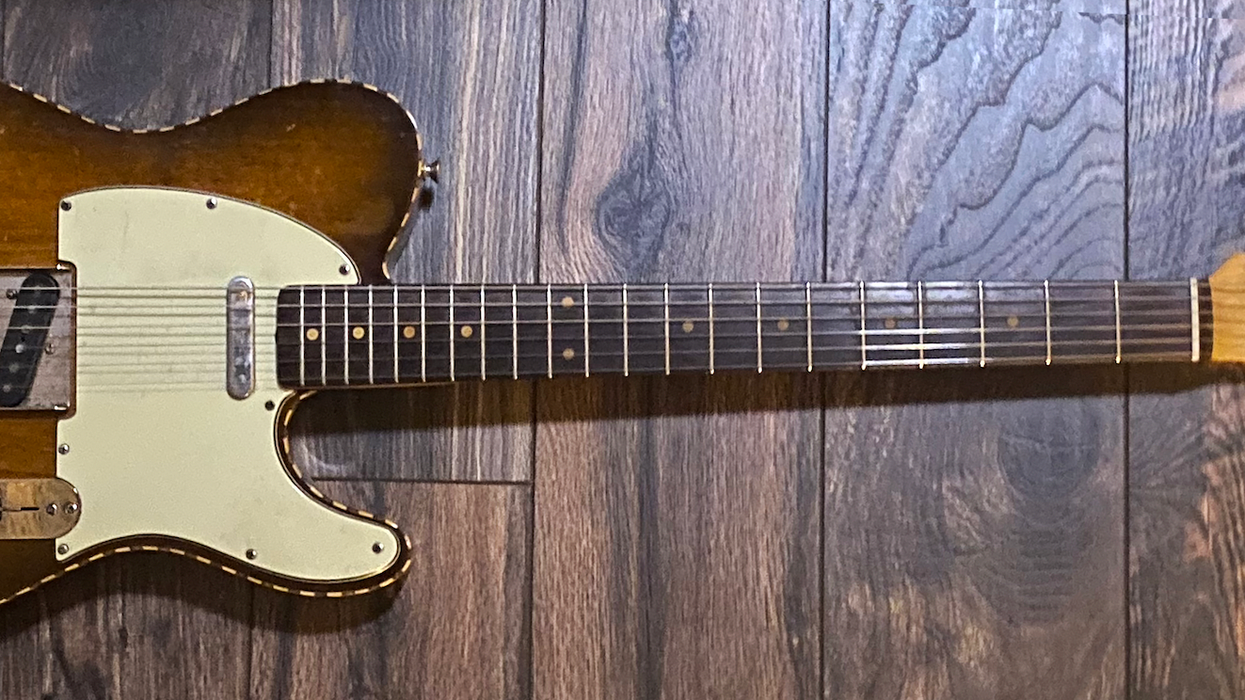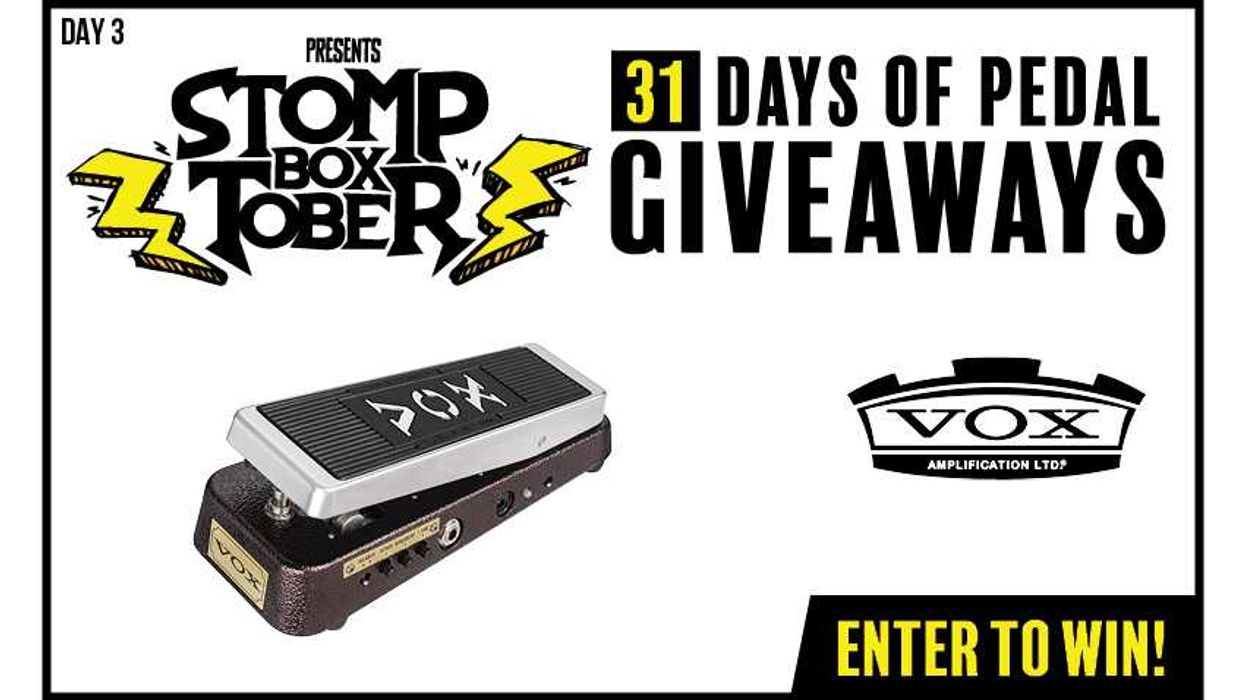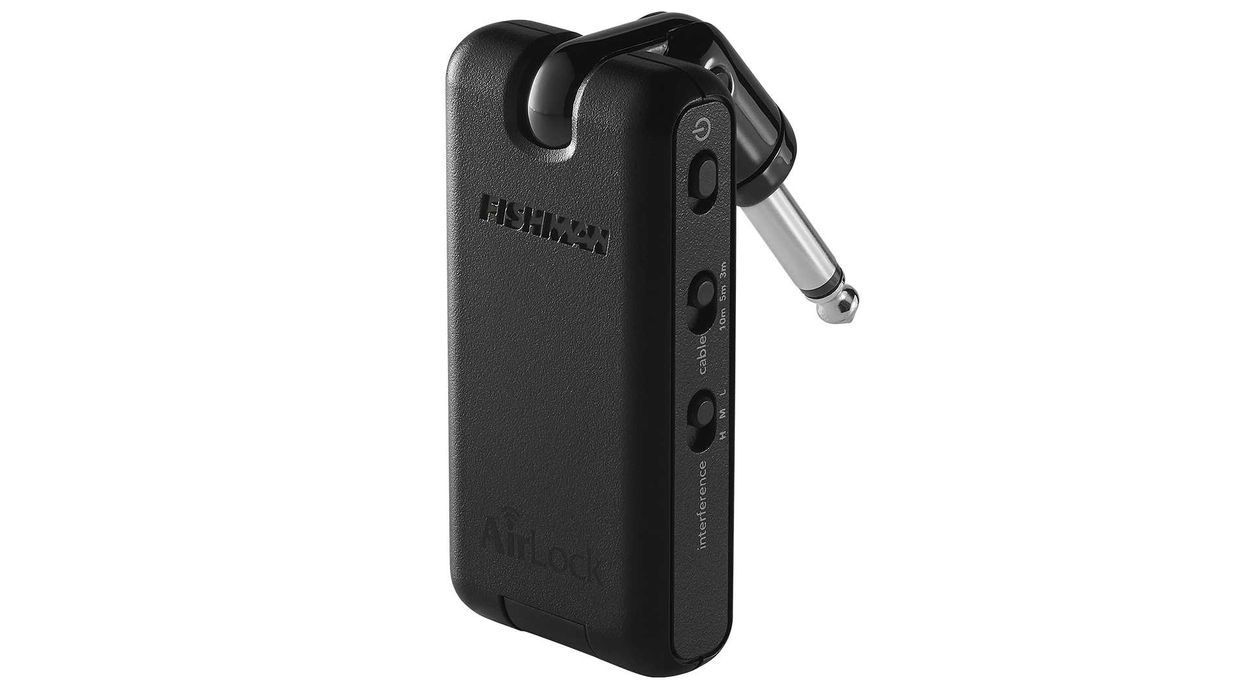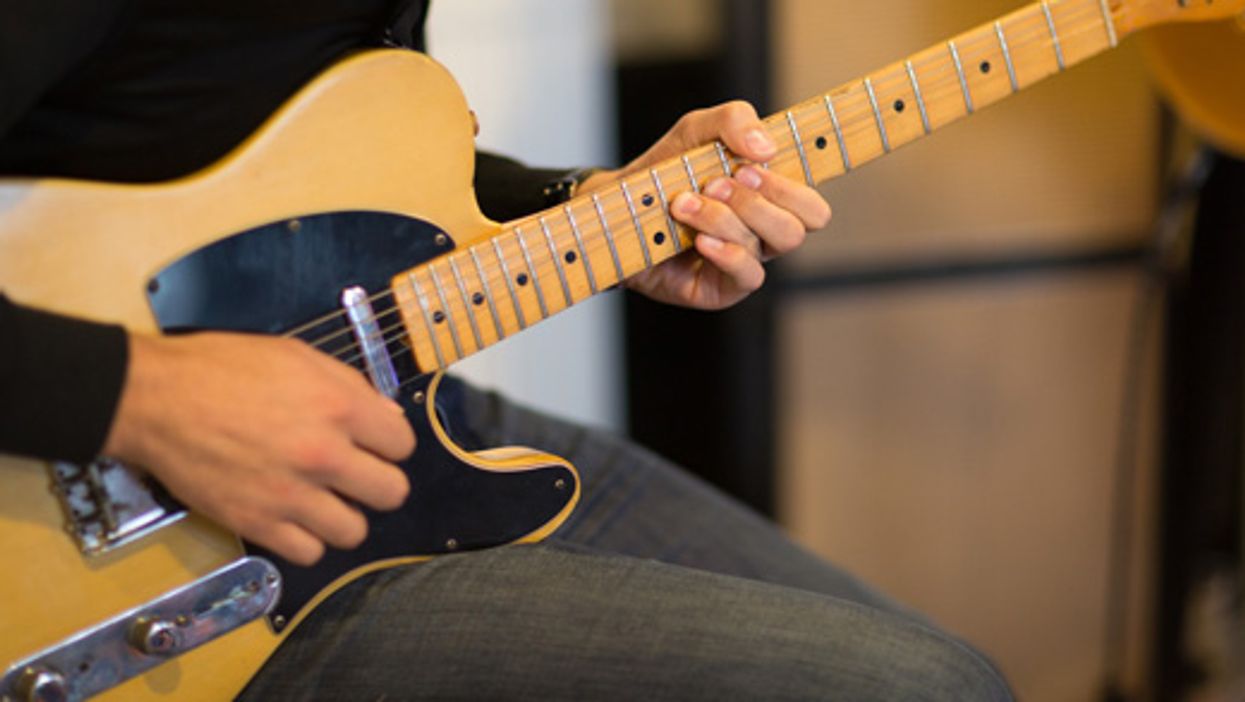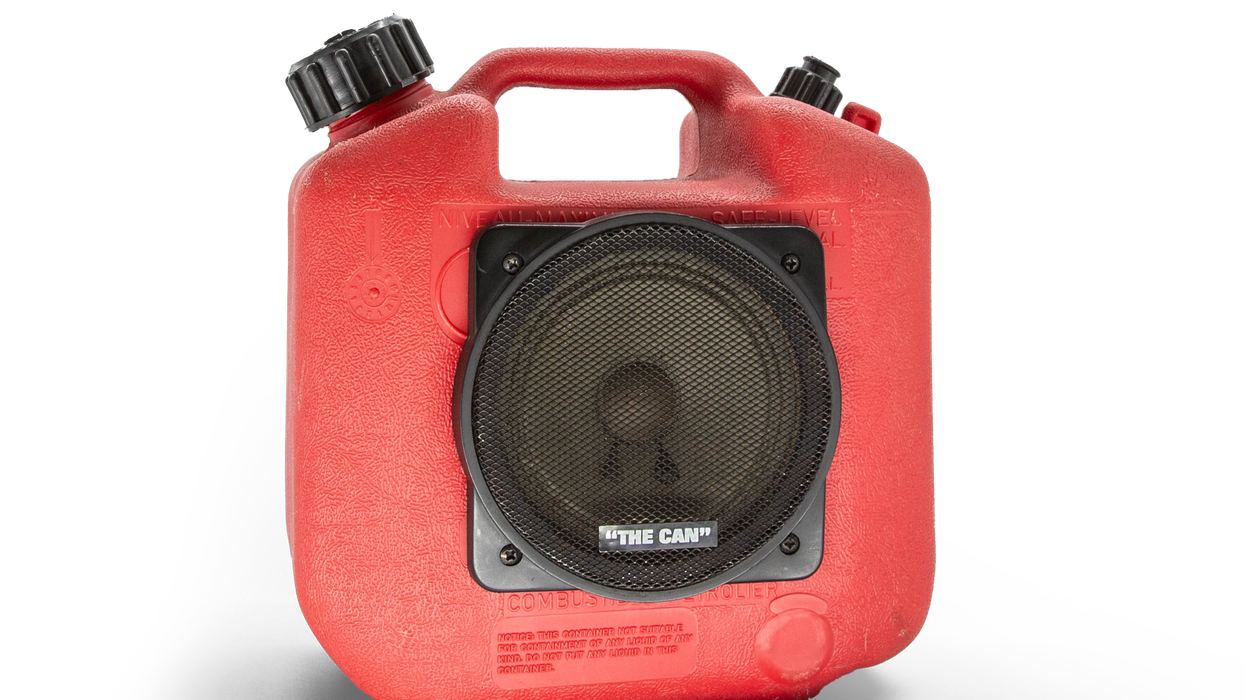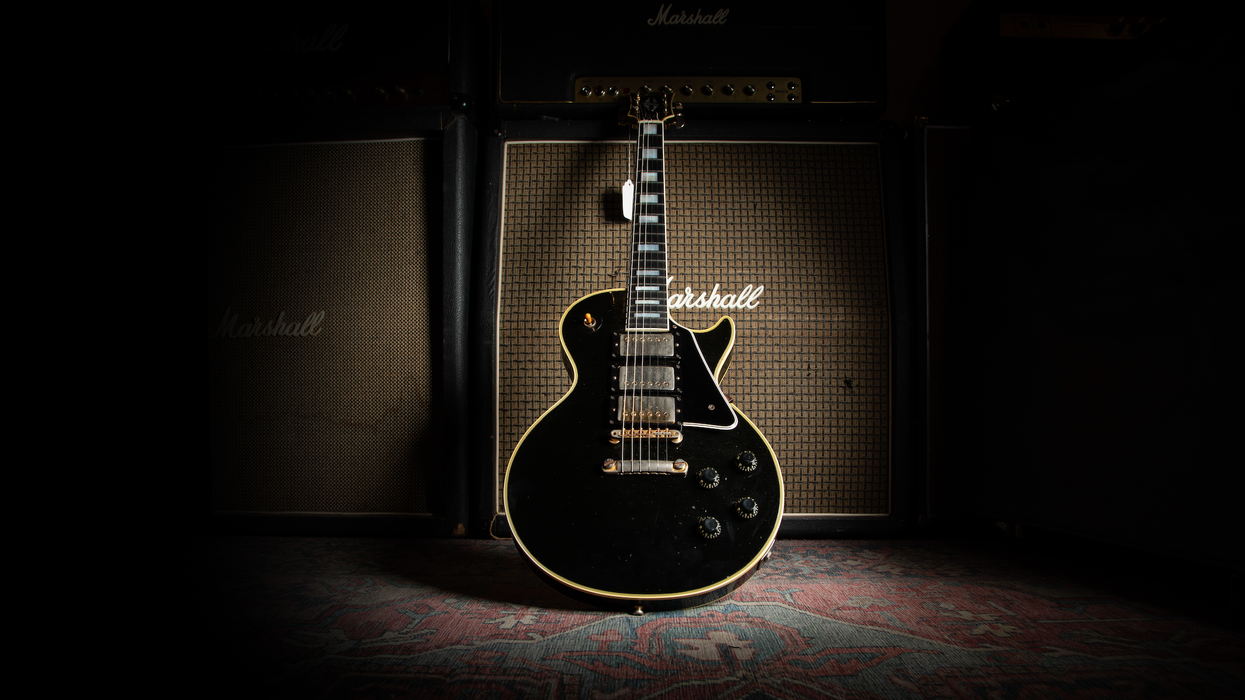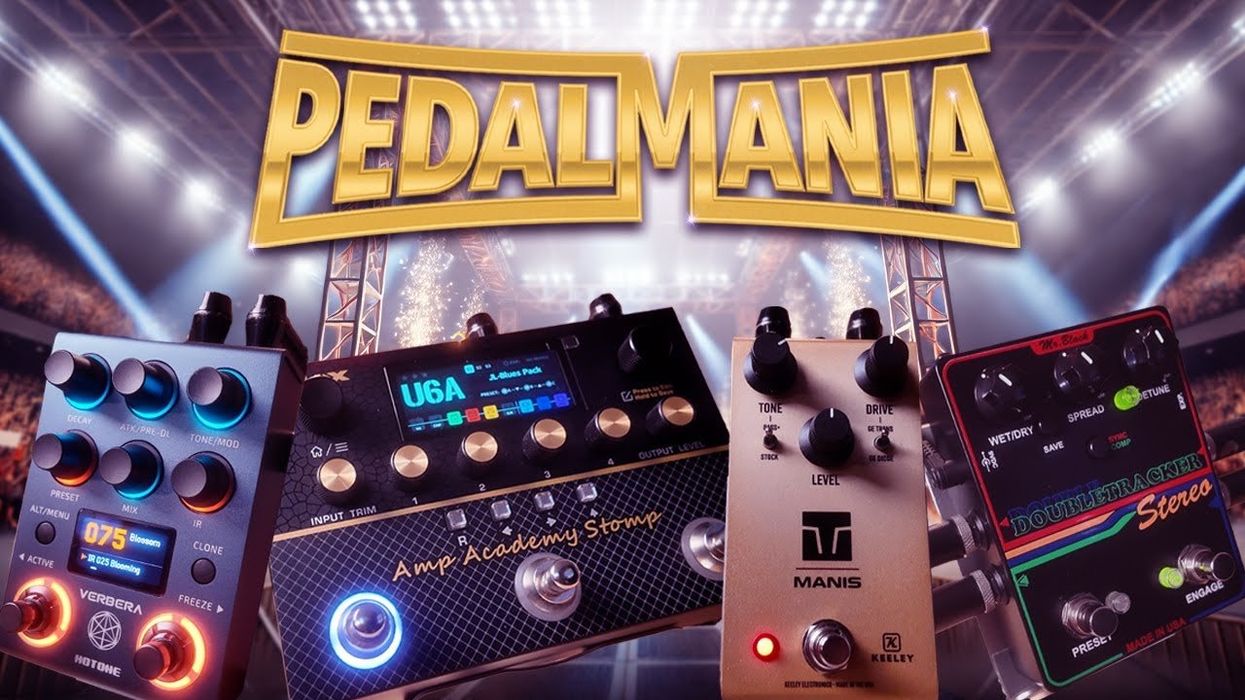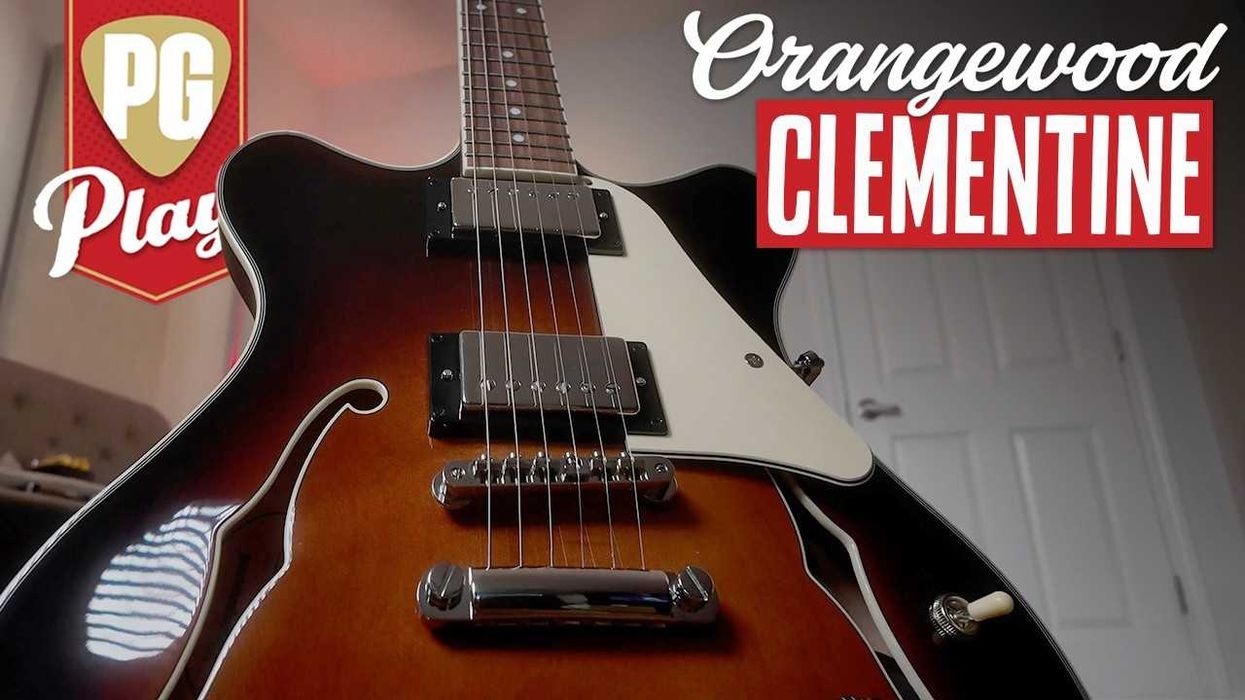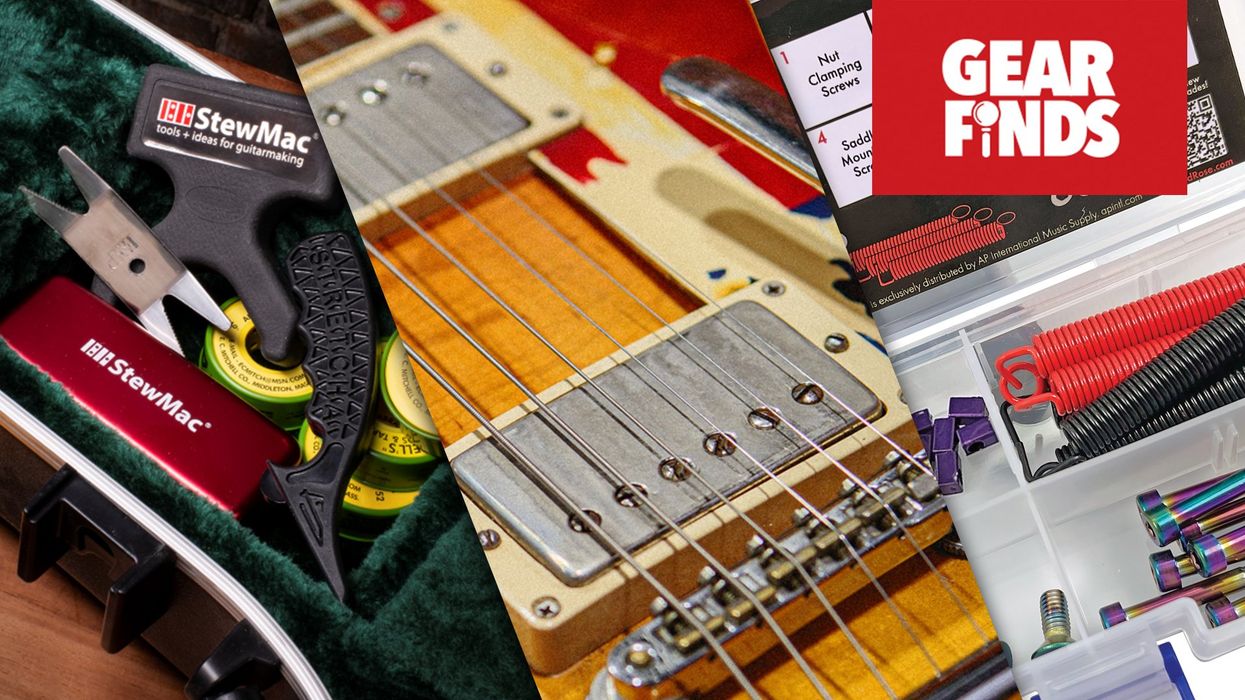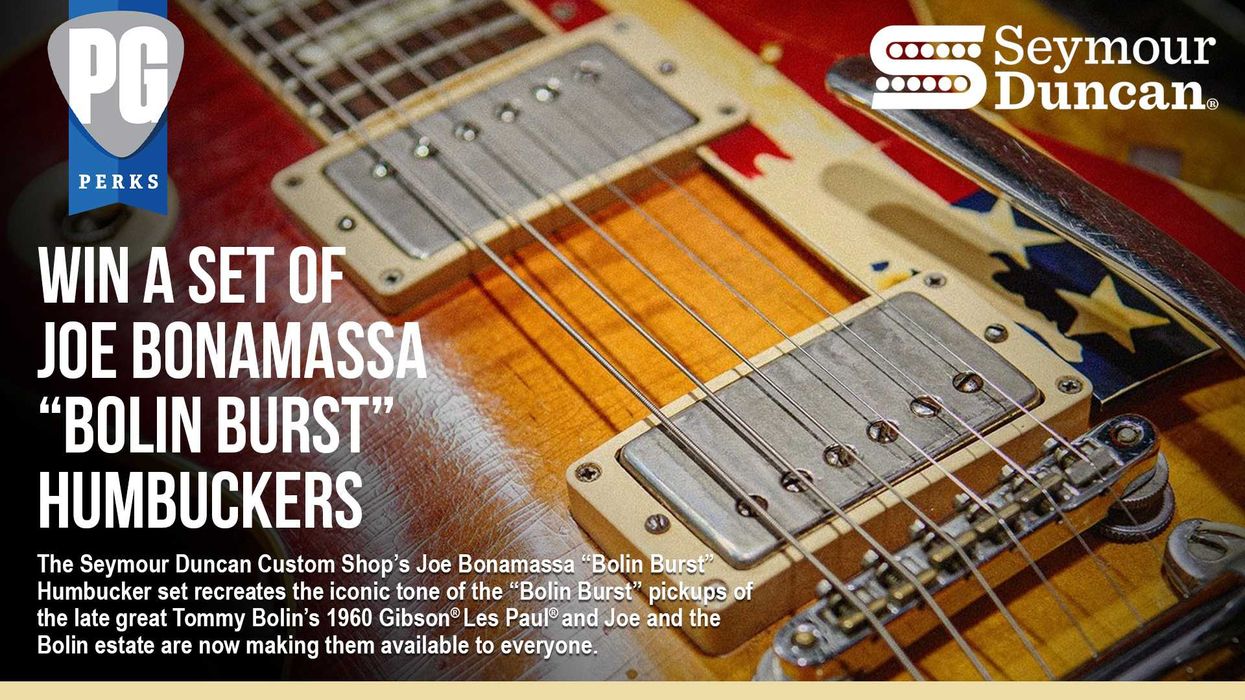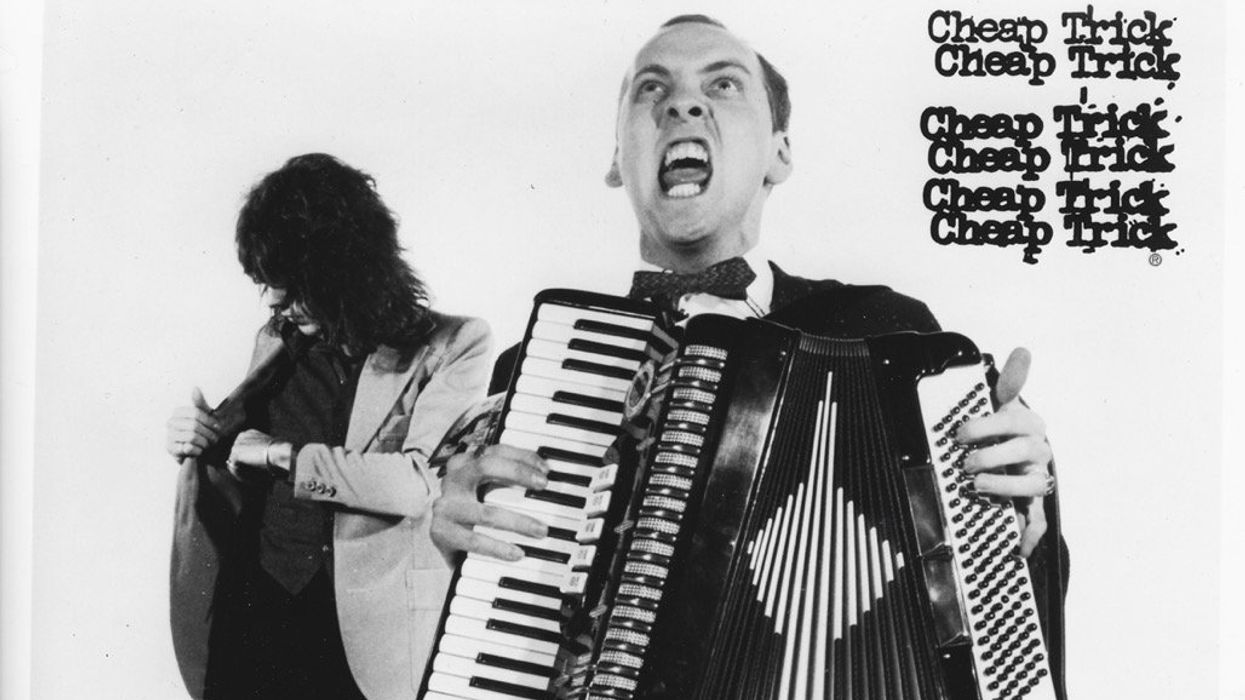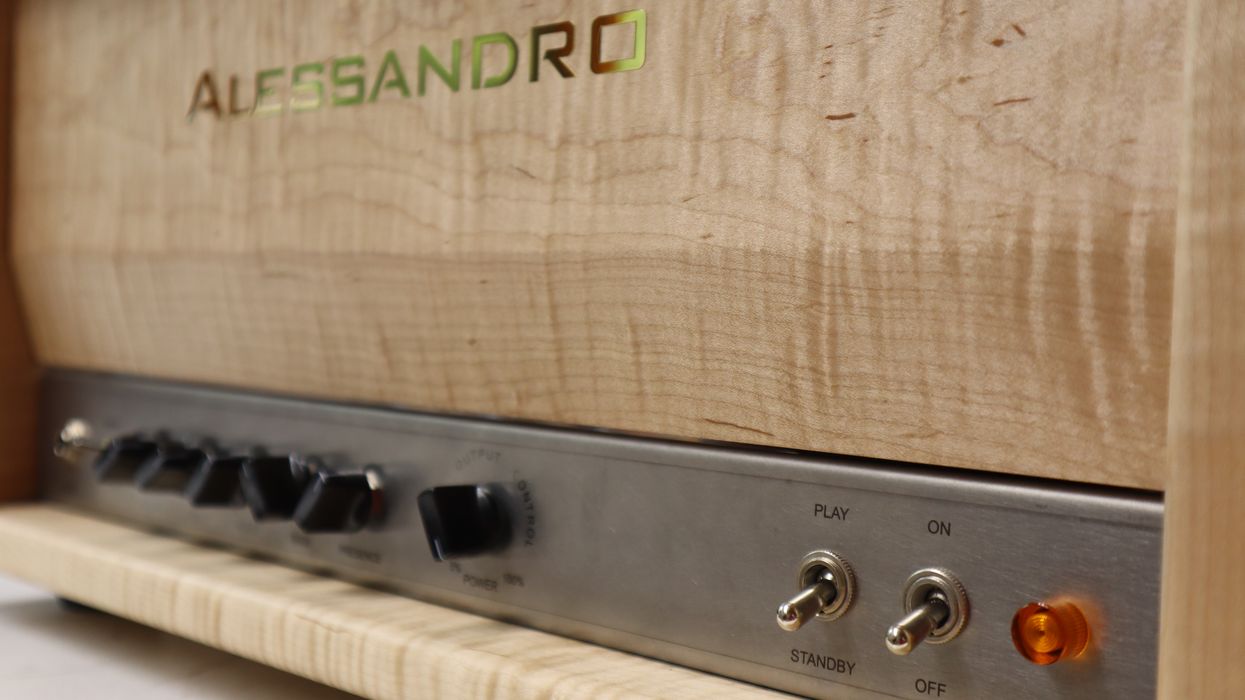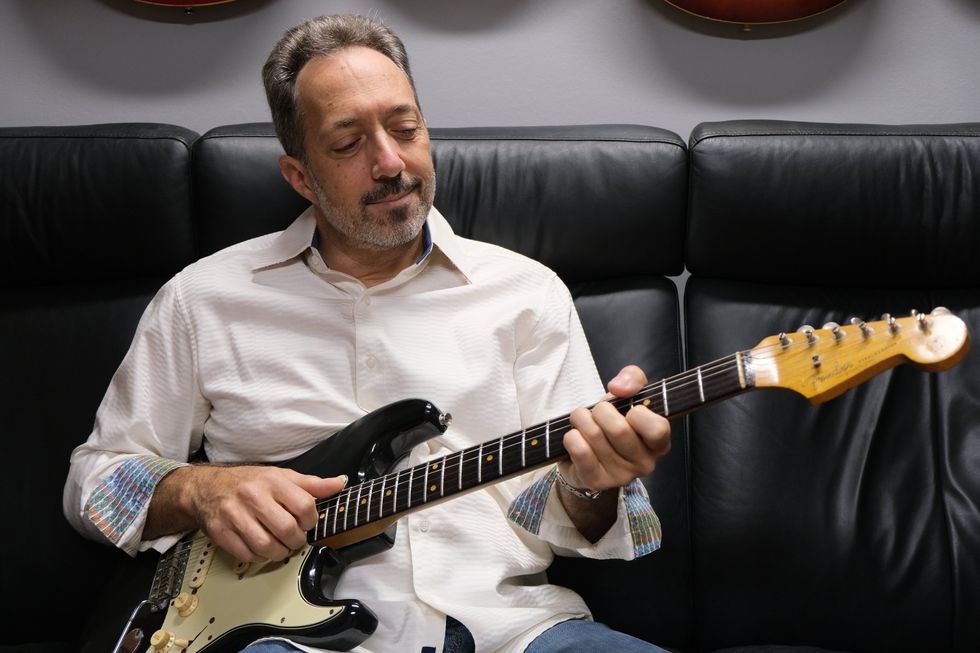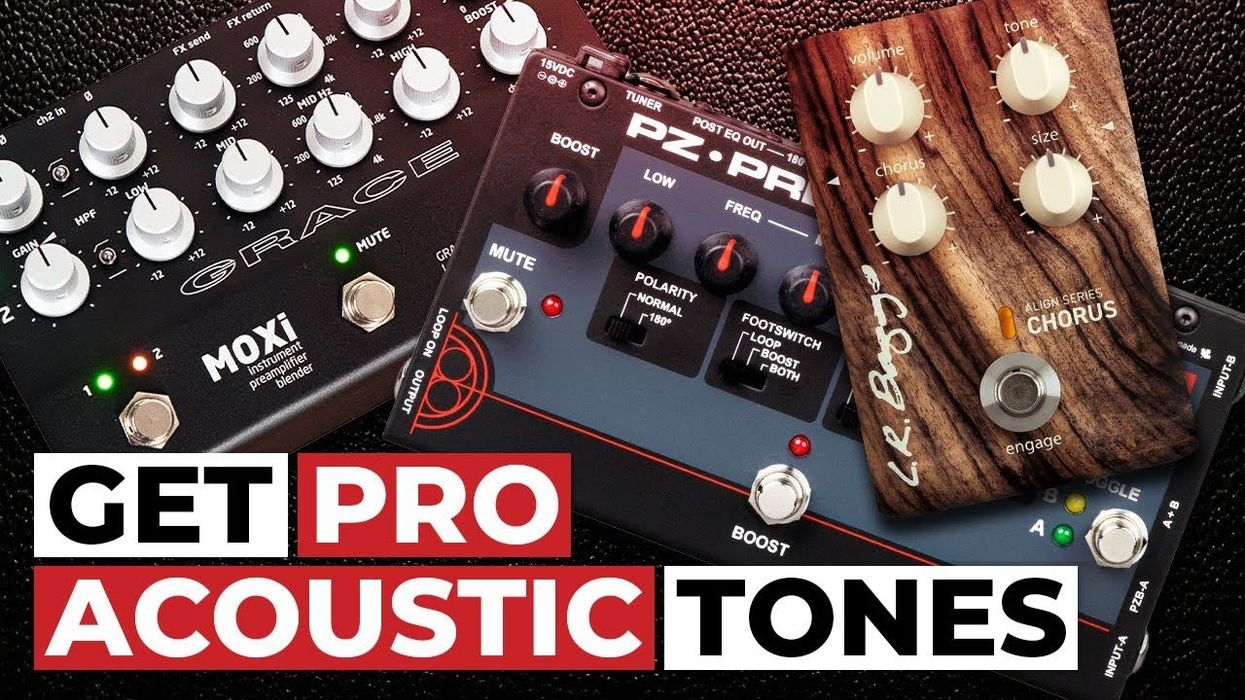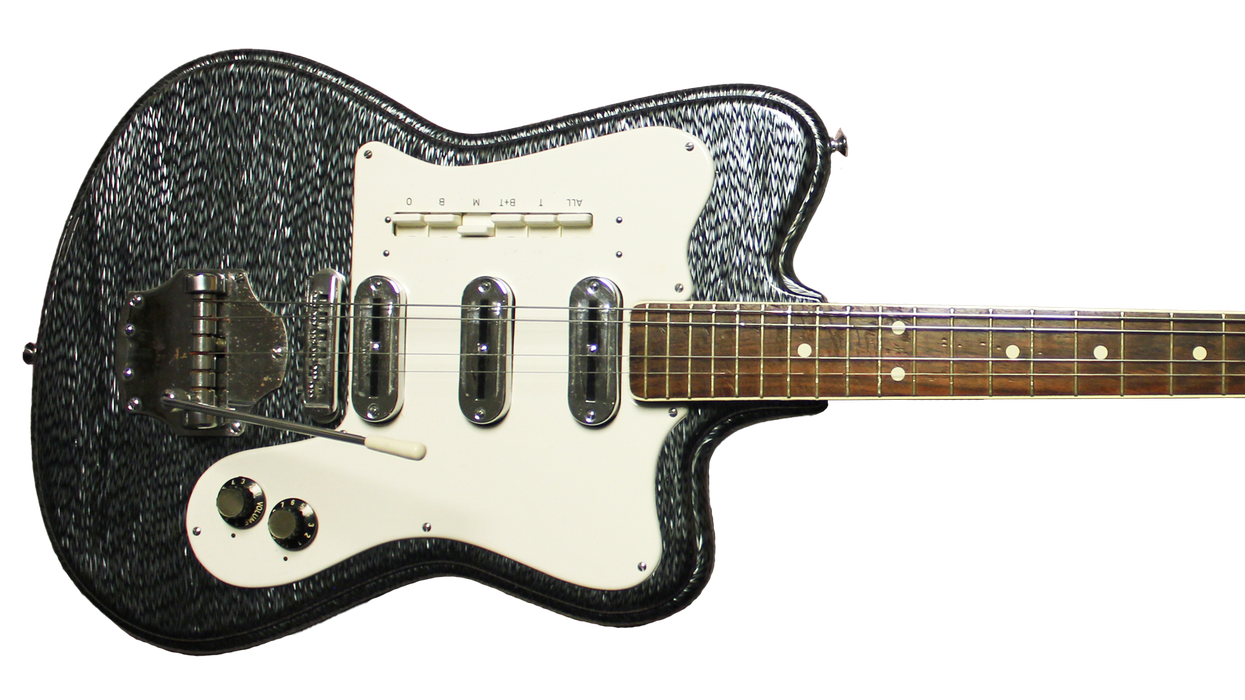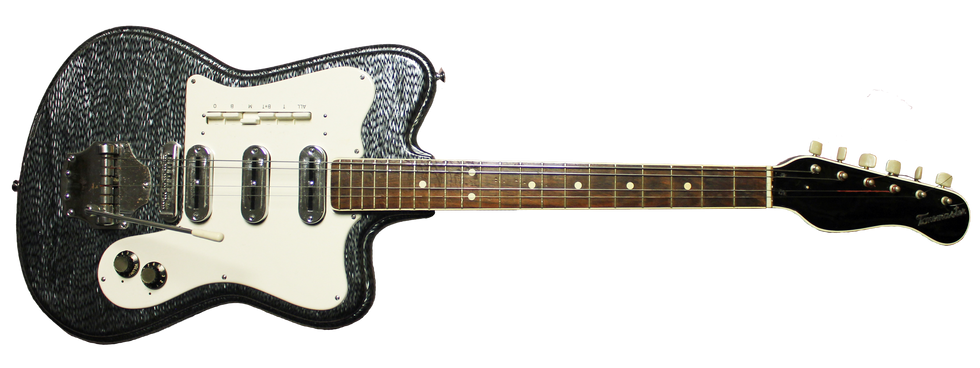This is my last Vintage Vault column, so I want to finish with a story about a guitar near and dear to my heart: my father’s 1960 Fender Custom Telecaster.
The Fender Custom Telecaster was first offered at the NAMM show in 1959, and its initial full year of production was 1960. It came with an ash body, a maple neck, and Fender’s famed slab-rosewood fretboard, which is considered very desirable. This fretboard was only available from 1958 to August 1962. Sunburst was the model’s original standard finish, but other colors were also available, and my dad’s came in red with white binding.
My father, Louis Owens, purchased his 1960 Custom Tele in 1962 from a friend who needed cash to pay his family’s bills, for the princely sum of $75. The instrument had a slight burn mark on the front of the body that made it identifiable. (This is what we call foreshadowing.) Oddly, the last of its six Kluson tuners was plastic instead of metal, but it had a chrome coating.
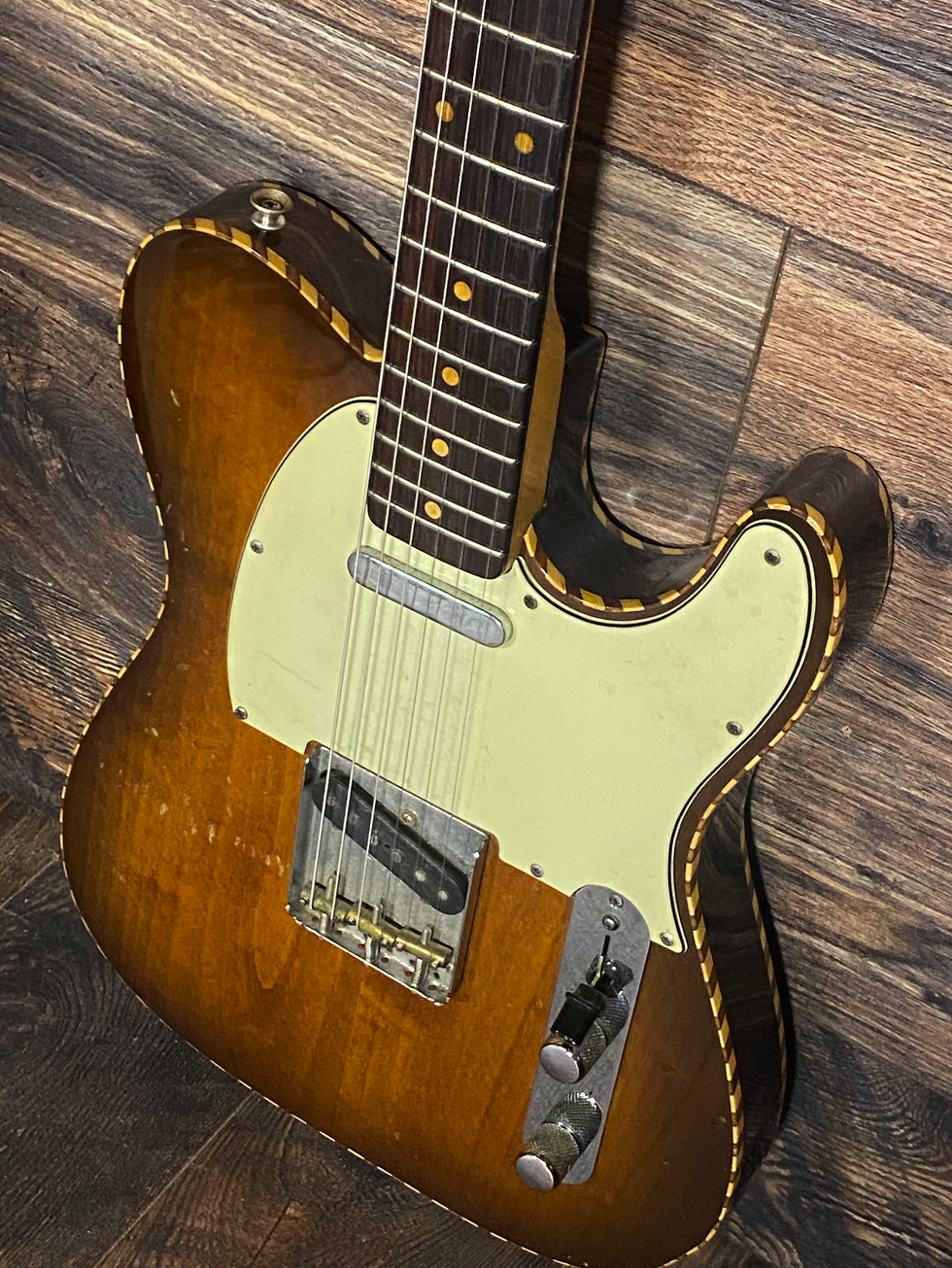
When Louis Owens purchased this guitar in 1962, it had a red finish with white binding. After it returned to our columnist, it was given a facelift in tobacco burst, a new bridge, and rope-style binding.
This guitar floated around my house, mostly unused, for years until I got interested in playing electric guitar as a teen. But at that age, I wanted something more rock ’n’ roll looking, so I went to a music store here in Nashville, where I saw a low-priced Les Paul I was interested in trying. The store wanted some collateral to let me take the guitar home to try it, so I brought the Tele in for them to hold while I tried the Les Paul out for the weekend. (You might see where this is going.)
I was so upset by this rip-off that I told all my friends at other music stores in town about what had happened and gave them all the serial number of the Tele.
I didn’t like that Les Paul, so I brought it back on Monday to get my Telecaster back. They informed me that wasn’t the deal: It was a swap, and they had already sold my guitar. Of course, I was devastated, and being young and inexperienced I just accepted that the guitar was gone. I walked away like a safe was on my shoulders. I was so upset by this rip-off that I told all my friends at other music stores in town about what had happened and gave them all the serial number of the Tele.
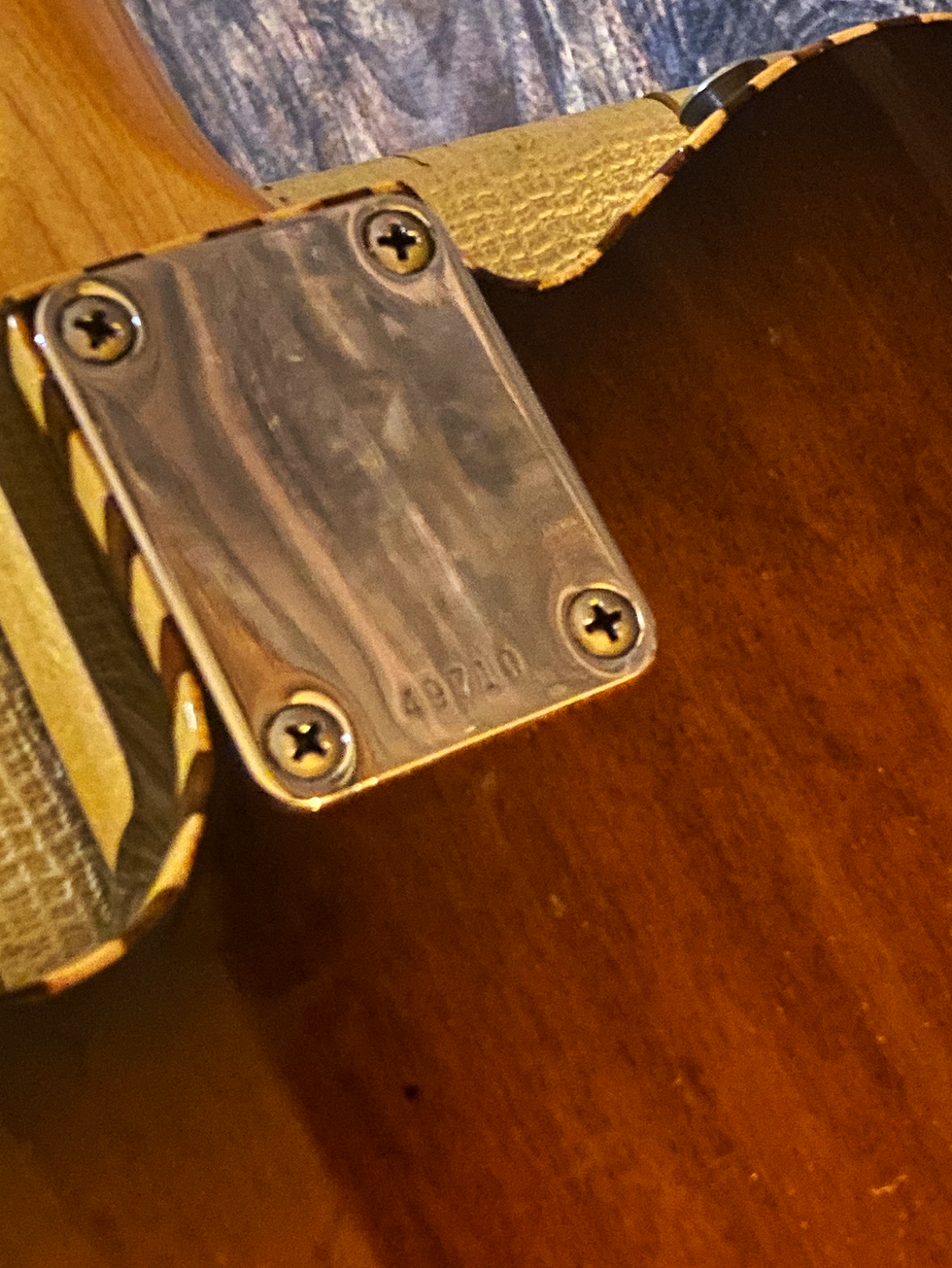
A marker of this guitar’s rarity is the location of the serial number, stamped at the bottom of the neck-joint cover. It is among the first 25 examples of this model ever made.
Fast-forward 11 years. I got a call from a friend that worked at Gruhn Guitars who said he believed he’d found my dad’s Telecaster. I went down to the shop to verify the guitar, and sure enough it was my dad’s 1960 Custom. Unfortunately, the guitar had already been sold. It made me very sad to get that close, but Gruhn’s told me they would give the buyer my information and explain what had happened in case he ever wanted to sell it. About six months passed, and I got a call from the buyer. He’d found a 1952 Fender Telecaster he was interested in and wanted to sell me the 1960. He even offered it to me for $1,000 less than what he paid, so he could quickly get money to buy that ’52 Tele. I immediately reached out to family members to put the money together to get the guitar back, and it was soon mine again.
Some years later, I went to work for Gibson in California as the product specialist and development manager for the Dobro guitar company, which they’d purchased. The Fender Custom Shop was just down the road, and we occasionally swapped parts for different projects. (They were trying to make Telecaster-style resonator guitars.) I became friends with Fred Stuart, one of the master luthiers at the Custom Shop. He had just done his now-famous herringbone Telecaster and was looking for other types of binding. Dobro had moved into using rope binding, in the style of Weissenborn guitars from the 1920s, and Fred wanted some. So, I asked him if he’d help restore my dad's Custom Telecaster, which had a lot of wear.
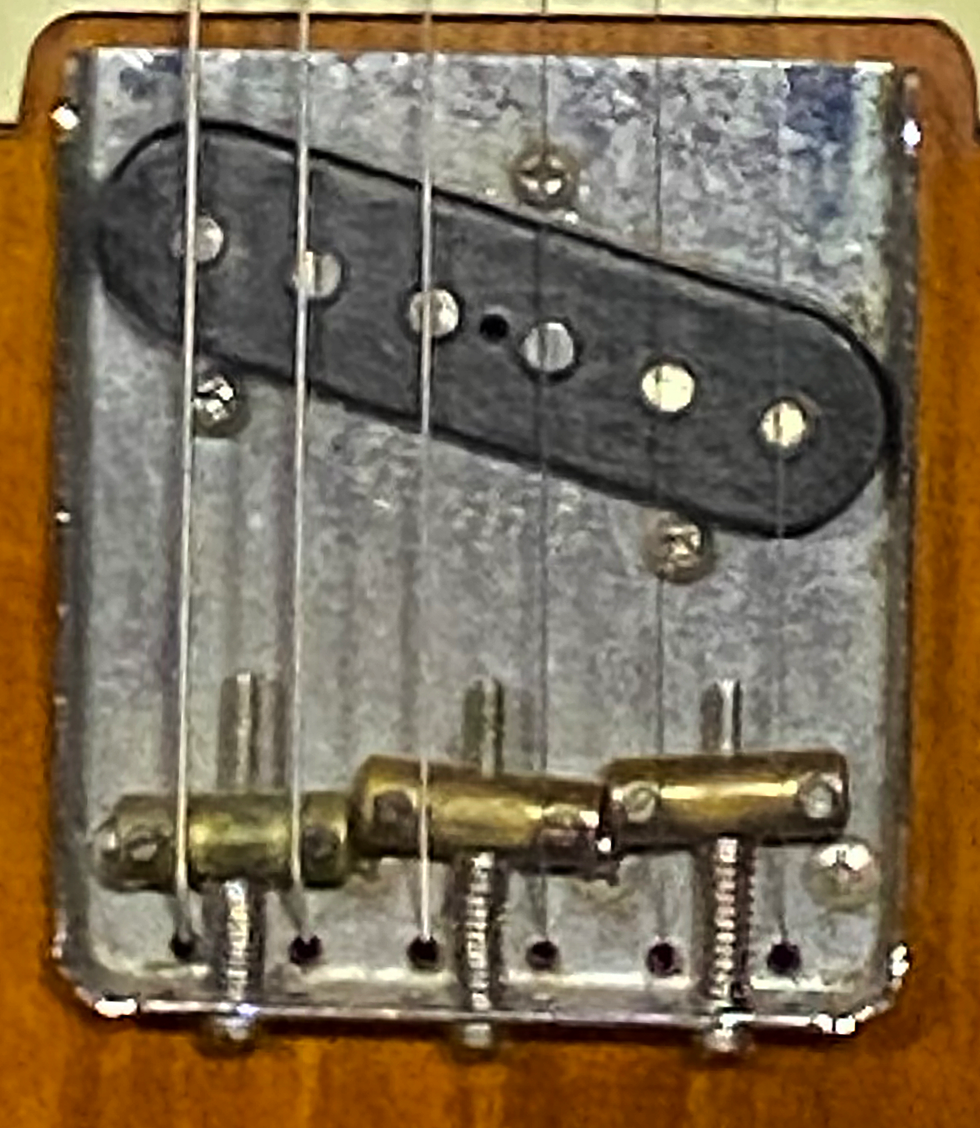
The 61-year-old pickups on this Tele have produced tones for Vince Gill, Albert Lee, and James Burton, and appeared on various recordings by Richie Owens and the Farm Bureau.
Since he was interested in rope binding for Telecasters, we decided to do it to my guitar. We changed the finish to a tobacco burst, which was painted at the Dobro factory to save money. Fred also did some research on the guitar, which has its serial number stamped on the bottom of the plate. That’s rare—only a very few Fender Custom Telecasters made in late 1959 and early 1960 have this. He found it was one of the first 25. He also put new-old-stock pots in, replacing the scratchy originals, and added a better-intonated Danny Gatton 3-piece bridge. We also added an NOS headstock logo.
The results were amazing, and I’ve been lucky to have three of my Tele heroes—James Burton, Albert Lee, and Vince Gill—say it’s one of the best Telecasters they’ve ever played, with lots of clarity, definition, snap, and gorgeous midrange. I will never part with this guitar, accidentally or on purpose, again—even though I’ve seen 1960 Custom Teles listed for more than $30,000 and much higher.
Thanks for sharing this column with me. I hope you’ve enjoyed reading my 6-string stories as much as I’ve enjoyed writing them.
